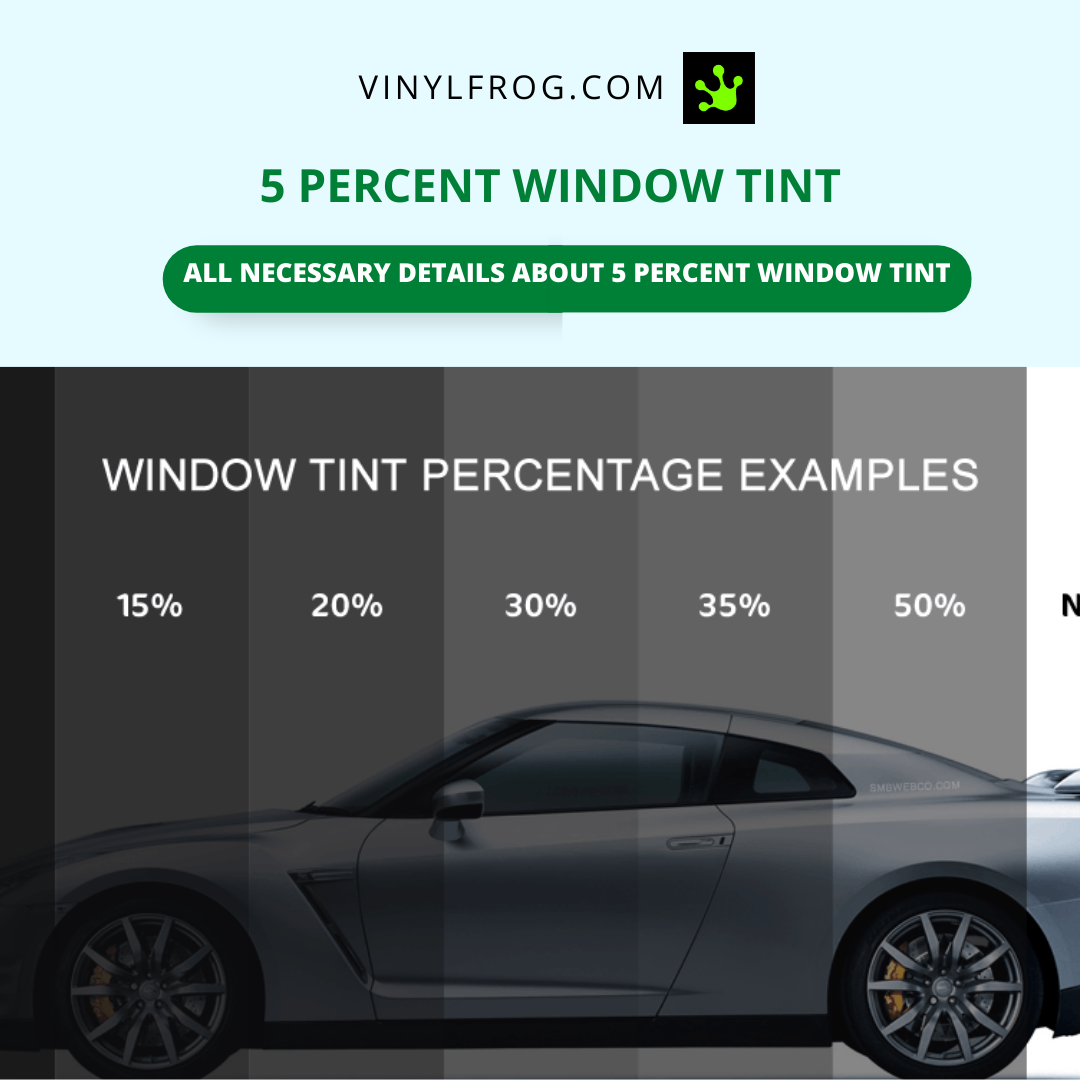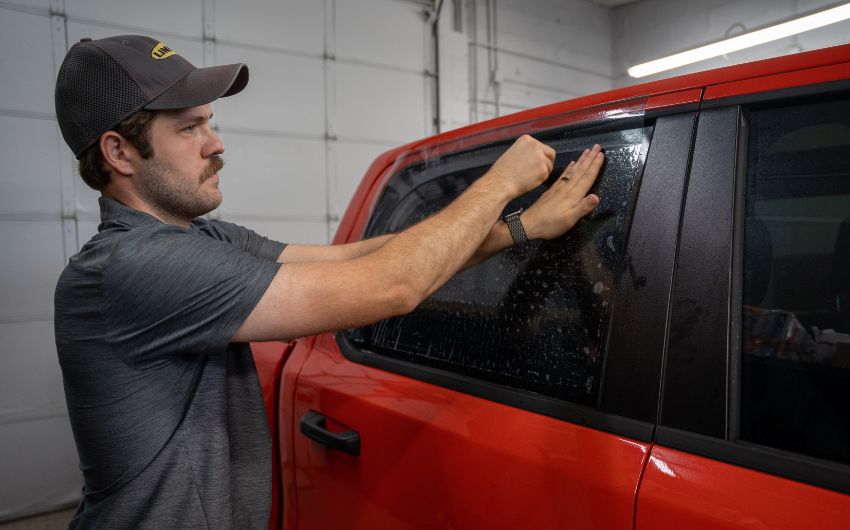Home Window Tinting Rules and Standards: What You Need to Know Prior To Tinting Your Vehicle
Before proceeding with window tinting for your automobile, it is necessary to acquaint on your own with the diverse regulations and standards that regulate this practice across different states. These policies dictate the permissible levels of color darkness, commonly gauged by noticeable light transmission (VLT) portions, and include details stipulations for front windshields targeted at making certain road security. Additionally, particular territories might use clinical exceptions for individuals with qualifying conditions. Recognizing these complexities can conserve you from potential legal implications, however what are the details regulations in your state?
Introduction of Home Window Tinting Laws
Window tinting laws are regularly based on variant across different territories, reflecting neighborhood guidelines and safety considerations. These legislations determine the allowable degrees of color darkness and reflectiveness on lorry windows, making sure that drivers preserve ample presence while additionally protecting versus damaging UV rays and warm.
The majority of guidelines categorize window tinting based upon the Visible Light Transmission (VLT) portion, which indicates the quantity of light that can travel through the window. Usually, reduced VLT portions indicate darker tints. Regulations frequently set apart between the front, side, and rear home windows, with stricter constraints related to the front windscreen to enhance safety for both the motorist and various other road customers.
Furthermore, some territories impose restrictions on the reflectivity of the tint, avoiding too much glare that can harm presence. Exemptions to these regulations might exist for people with particular clinical conditions needing extra sunlight protection. Conformity with window tinting guidelines is vital, as infractions can result in penalties, obligatory removal of the tint, and potential increases in insurance costs. It is crucial for automobile owners to familiarize themselves with regional laws prior to continuing with home window tinting installations.
State-by-State Tint Laws
Recognizing the certain window tinting policies in each state is crucial for automobile proprietors seeking to abide with the legislation. Each state in the U.S. has developed its very own set of policies controling window tinting, which can vary substantially. These laws commonly dictate the permitted degrees of color darkness, the types of windows that can be tinted, and any type of clinical exceptions that might apply.
For circumstances, states like The golden state have strict constraints on color darkness for front windows, while others, such as New Mexico, might permit darker tints. Furthermore, particular states mandate certain presence percentages for different windows, including the windshield, front side windows, and rear windows. It is important for automobile owners to familiarize themselves with their state's laws to stay clear of prospective penalties or fines.
In addition, some states may require an accreditation sticker label to be positioned on colored home windows, indicating conformity with state legislations. Failure to follow these laws not only risks lawful consequences yet can likewise impact security and exposure while driving. Vehicle proprietors should conduct comprehensive research study or speak with local authorities to guarantee full understanding and compliance with state-by-state tint policies.
Allowed Tint Degrees and Kinds
Numerous car owners may be stunned to learn that enabled color degrees and kinds differ widely across various states. Each state has actually developed its own guidelines concerning the permitted darkness and reflectivity of home window tint, frequently gauged by Visible Light Transmission (VLT) percents. VLT refers to the quantity of light that can go through the tinted windows; hence, a lower percentage shows a darker tint.

Additionally, the kinds of tint products allowed can differ, with some states restricting mirror-like or metal finishes. It is crucial for car owners to familiarize themselves with their state's details regulations to ensure compliance. Non-compliance can cause penalties, necessary removal of the tint, or various other lawful effects, making it critical to recognize these policies before waging setup.
Medical Exceptions for Tinting
While not all states give allocations for medical exceptions concerning window tinting, those that do recognize the requirement for details individuals to enhance exposure and comfort because of medical problems. Different clinical conditions, such as lupus, skin cancer cells, and certain eye disorders, can render individuals especially sensitive to sunshine. Subsequently, these people might require darker colors to protect themselves from harmful UV rays and glow.

It is essential to note that despite having a clinical exception, there may still be constraints on the level of tint enabled. Conformity with state regulations makes sure that individuals are both safeguarded and within legal restrictions. Those thinking about medical exceptions should contact their local Department of Motor Automobiles or equal authority to comprehend the procedures and needs required to obtain an exception successfully.
Penalties for Non-Compliance
Failing to abide with home window tinting laws can cause considerable penalties, which differ by state. Police are encouraged to provide citations for cars that do not follow the defined tinting laws. These charges commonly consist of fines, which can vary from moderate quantities to numerous hundred bucks, relying on the extent of the offense and the state concerned.
In some territories, duplicated offenses may lead to escalating fines or extra penalties, such as obligatory court appearances. Moreover, non-compliance might demand the removal of unlawful tinting, usually at the owner's expenditure. In extreme instances, habitual wrongdoers might encounter suspension of their car enrollment up until compliance is achieved.
In addition, insurance implications might develop from getting several citations for window tint violations. Insurance firms might see such violations as an indication of riskier actions, possibly bring about increased costs or problem in protection.
To prevent these penalties, it is essential for automobile owners to acquaint themselves with their neighborhood home window tinting regulations and make certain that their car complies (Window Tinting). This positive strategy not just avoids lawful ramifications but likewise promotes road safety and security
Conclusion

Many regulations identify window tinting based on the Visible Light Transmission (VLT) percent, which suggests the quantity of light that can pass through the window. Conformity with home window tinting regulations is vital, as violations can result in penalties, necessary elimination of the color, and possible increases in insurance coverage premiums.Recognizing the particular home great site window tinting laws in each state is essential for lorry owners seeking to abide with the law. These regulations typically determine the allowed levels of tint darkness, the kinds of home windows that can be tinted, and any type of clinical exceptions that may apply.
For instance, states like California have strict restrictions on tint darkness for front windows, while others, such as New Mexico, may permit darker tints.